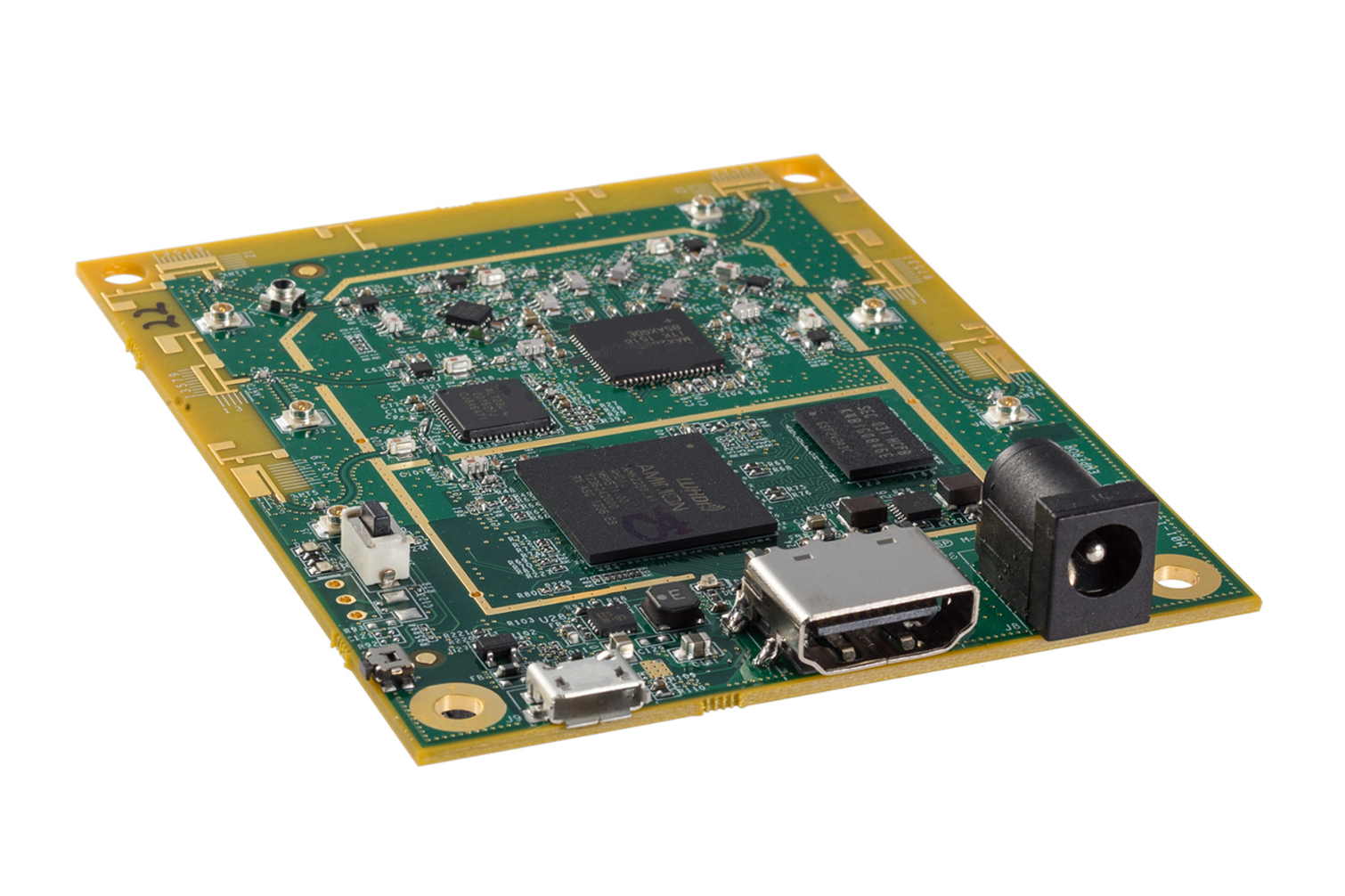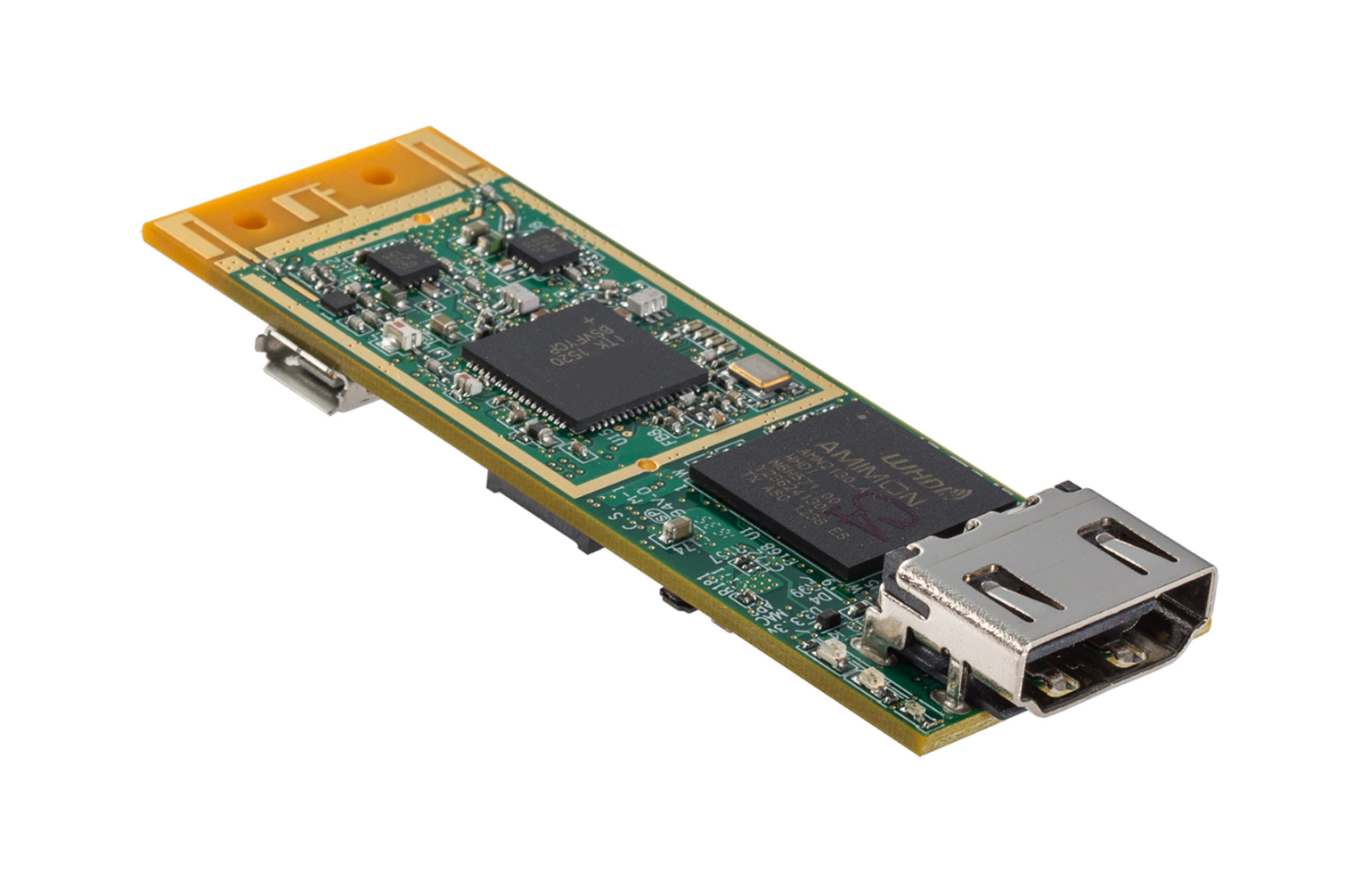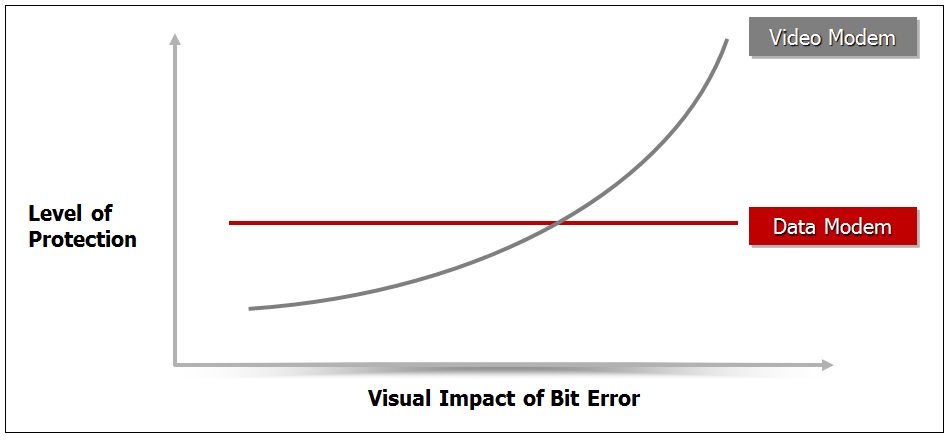Amimon's Adapting Its Video Streaming Technology For Wireless VR
Another company announced its intent to enter the wireless VR market. Amimon, which currently serves the medical industry, Hollywood, and the drone market, is looking for partners to license its technology to untether XR devices.
One of the biggest drawbacks of today’s virtual reality systems is the tether that keeps you anchored to the host computer. The cables are fragile and cumbersome, and they limit your range of movement within your virtual environment. No one enjoys having a tether cable on their VR headset, which is why several companies are working on wireless VR solutions.
In mid-2016, a handful of companies announced that they were working on wireless VR technologies, including Intel, Quark VR, and TPCast. MIT also weighed in with a proposed wireless VR solution. The following January, at CES, Display Link revealed its wireless VR solution, and Sixa announced Rivvr, a WiFi-based wireless VR kit. Of the announced wireless systems, TPCast’s is already available, you can pre-order the Rivvr system, and HTC adopted Intel’s WiGig solution, which should be available in the coming months.
With so much competition in the wireless VR market, you wouldn’t think there would be room for more, but Amimon thinks it can find a space in for its patented latency-free wireless video transmission system. The company explained in a press release:
“We’re excited to unveil the technology we’ve been working vigorously on, a step towards a seamless VR world that is truly mobile and provides a complete lag free experience,” says Uri Kanonich, VP Marketing of Amimon. “Our technology roadmap promises supporting next generation AR and MR solutions that will change the way we interact with our surroundings.”
Amimon isn’t a household name; we didn’t know the company existed a week ago. However, Amimon first developed its wireless technology 15 years ago, and today, it’s used in several high-end devices that rely on interruption-free transmission. Kanonich said that a majority of Hollywood film productions use cameras with Amimon’s technology; the medical industry uses the tech to deliver artifact-and-latency-free video for endoscopy machines; and the company’s technology also powers first-person view (FPV) systems that hobbyists use to fly high-end drones.


Amimon’s wireless video transmission system operates on the 5GHz band, like a home WiFi signal. But the company said it doesn’t use the WiFi protocol; it developed proprietary transmitter and receiver chips to handle data transmission. Amimon said its AMN2130 baseband transmitter and AMN2230 baseband receiver are capable of handling 300 million pixels per second with less than 1ms of latency. By contrast, TPCast’s wireless solution, a high-frequency line-of-sight solution, can handle a 2K video feed (roughly 230 million pixels per second) with 2ms of added latency.
Get Tom's Hardware's best news and in-depth reviews, straight to your inbox.
Amimon’s solution isn’t the only wireless VR system that operates on the 5GHz band (Rivvr’s solution uses standard 5GHz WiFi), but most of these solutions use the 60GHz band for its higher bandwidth capacity. Rivvr’s solution involves heavy compression, which degrades the quality of the image delivered to the HMD. Kanonich said that Amimon’s technology doesn’t degrade the image because it doesn’t compress the signal.
Amimon’s wireless transmission technology uses Joint Source Channel Coding (JSCC) technology, which enables the company to tailor the signal for video transmission. JSCC uses a data transmission approach called unequal error protection (UEP), which is to say that it doesn’t treat all data equally: Amimon’s technology assesses each bit’s visual importance and assigns the highest rate of error protection to the most important data. Traditional wireless transmission systems use an equal error protection approach, which Amimon said wastes bandwidth.
The current generation of the company’s technology supports the current generation of VR devices. Amimon said its hardware can handle the Vive and Rift’s demands for 2160x1200@90Hz, and it can be adapted for the PSVR’s 1920x1080@120 requirements. The current iteration of the company’s technology falls short of supporting the resolution of Windows Mixed Reality headsets and the upcoming Vive Pro HMD, but Kanonich said the next generation would support up to 4K@90Hz, which would be more than enough bandwidth for the new HMDs. Amimon said that its technology could also be adapted for use with tethered AR devices as well, such as Meta’s Meta 2 AR HMD.
One of the biggest advantages of Amimon's wireless VR solution is its ability to accommodate multiple users. Kanonich said that because the system doesn't require line-of-sight (the transmitter and receiver don't even need to be in the same room), and each receiver/transmitter are uniquely paired, Amimon's technology would be ideal for multiplayer location-based VR entertainment experiences.
Amimon isn’t developing consumer or commercial products, but the company hopes to attract third-party manufacturers to license the technology to build their own products. Kanonich wouldn’t say which companies that Aminon is currently working with, but the VP said the company is currently in discussions with multiple partners and he expects to see products on the market before the end of the year.
Kevin Carbotte is a contributing writer for Tom's Hardware who primarily covers VR and AR hardware. He has been writing for us for more than four years.

